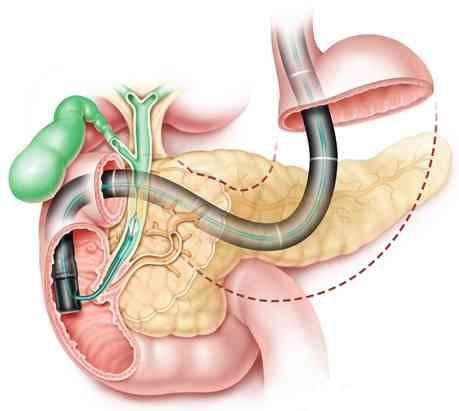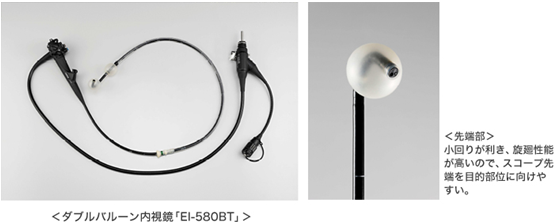
新型短型双球囊内镜具有先进的力传递和自适应弯曲,可用于手术改变患者解剖结构的胰胆管干预:倾向匹配分析(译)
背景和目的:发明了一种新型的短型双气囊内镜(DBE),旨在致力于方便因行外科手术而解剖改变的病人的插管。我们通过与传统DBE的比较,探究了此种新型短型DBE的性能。
方法:我们的数据分析来源于885例行球囊内镜逆行胆管造影(ERCP)术的手术资料。我们使用倾向性评分匹配(propensity scorematching)来调整使用新型短型DBE和传统短型DBE ERCP的手术患者之间的差异。
结果:通过倾向性评分匹配共筛选出163对患者。新型DBE和传统DBE到达目标位置的成功率均为100% (P = 1.0)。与传统DBE组相比,新型DBE组到达目标位点所需的插入时间更短(10分钟vs. 14分钟,P < 0.01)。在新型DBE组胰胆管介入治疗的成功率与常规DBE组一样高(92%对89% P = 0.35)。总体手术时间从传统DBE组的62分钟减少到了新型DBE组的55分钟 (P = 0.26)。在不良时间发生率上两组没有显著差异。
结论:新型短型DBE对于因外科手术而解剖改变的患者的胰胆管的干预,能更快地插入目标位置。
(备注:倾向评分匹配(Propensity Score Matching,简称PSM)是一种统计学方法,用于处理观察研究(Observational Study)的数据。在观察研究中,由于种种原因,数据偏差(bias)和混杂变量(confounding variable)较多,倾向评分匹配的方法正是为了减少这些偏差和混杂变量的影响,以便对实验组和对照组进行更合理的比较。)
Performance of a new short-type double-balloon endoscope with advanced force transmission and adaptive bending for pancreaticobiliary intervention in patients with surgically altered anatomy: A propensity-matched analysis
Yamada, A., Kogure, H., Nakai, Y., Takahara, N., Mizuno, S., Tada, M., & Koike, K. (2018). Digestive Endoscopy. doi:10.1111/den.13261
Abstract
Background and Aims: A new short-type double-balloon endoscope (DBE) has been developed with a major focus on facilitating scope insertion to the target site for pancreaticobiliary interventions in patients with surgically altered anatomy. We investigated the performance of this new short-type DBE by comparing it with a conventional DBE.
Methods: Data from 885 endoscopic retrograde cholangiopancreatography (ERCP) procedures using balloon endoscopy were analyzed. We used propensity score matching to adjust for differences between patients who underwent ERCP procedures using the new short-type DBE versus the conventional short-type DBE.
Results: A total of 163 pairs of patients were selected via propensity score matching. The success rate of reaching the target site was 100% in both the new DBE group and the conventional DBE group (P = 1.0). The new DBE group had a shorter insertion time required to reach the target site than the conventional DBE group (10 min vs. 14 min, P < 0.01). The success rate of the pancreaticobiliary interventions in the new DBE group was as high as that in the conventional DBE group (92% vs. 89% P = 0.35). The overall procedure time decreased from 62 min in the conventional DBE group to 55 min in the new DBE group (P = 0.26). No significant differences in the rates of adverse events were observed between the two groups.
Conclusions: A new short-type DBE allows faster insertion to the target site for pancreaticobiliary intervention in patients with surgically altered anatomy.

翻译:王浩 审校:张立超、侯森林



